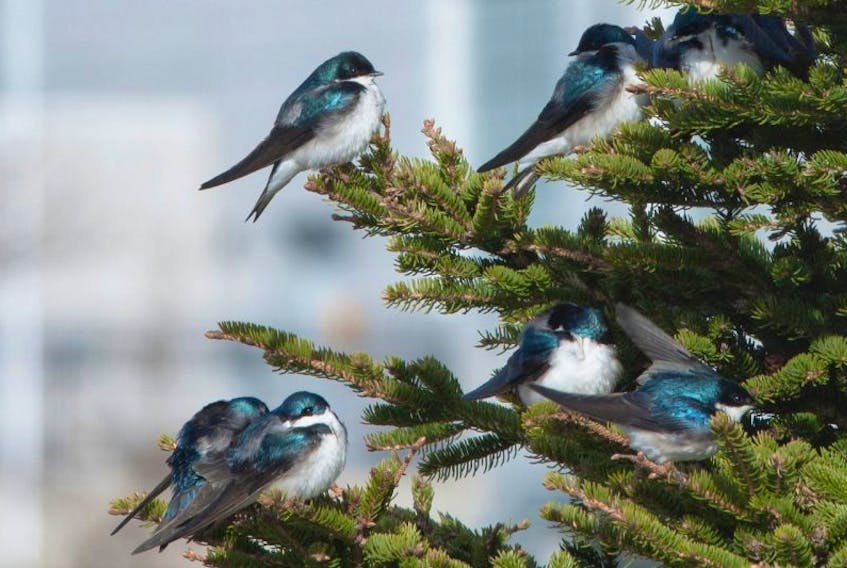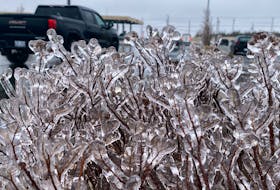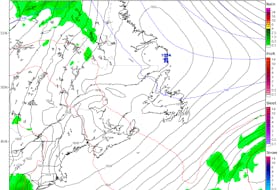Scientists don’t really know how, but it has become obvious that birds can sense changing barometric pressure. One theory is that birds may be able to detect that drop in pressure through their inner ear. It makes sense, really. We’re able to detect large changes in pressure in our own inner ear when we make a fast change in altitude - that’s when our ears pop.
Aside from sensing the drop in air pressure, low air pressure will impact a bird’s routine. Lower air pressure means that the air is less dense, therefore harder to fly in. That’s one reason we see birds gathering close to the ground before a storm.
But, there’s more. As a weather system approaches, the upper winds are the first to increase. Strong upper winds make it more difficult for the birds to fly at that level so they stay low, closer to the ground where the wind is not yet as strong. Conversely, the wind is usually quite light when a fair-weather system is overhead and the pressure is high, too. It is much easier for the birds to manoeuvre high in the sky when the wind is light and the air is dry.
As is the case with humans, birds will take the path of least resistance.
Read more Grandma Says columns
- Want more weather information? Visit WeatherByDay.ca
- Have a weather question, photo or drawing to share with Cindy Day? Email weathermail@weatherbyday.ca
Cindy Day is the chief meteorologist for SaltWire Network.









